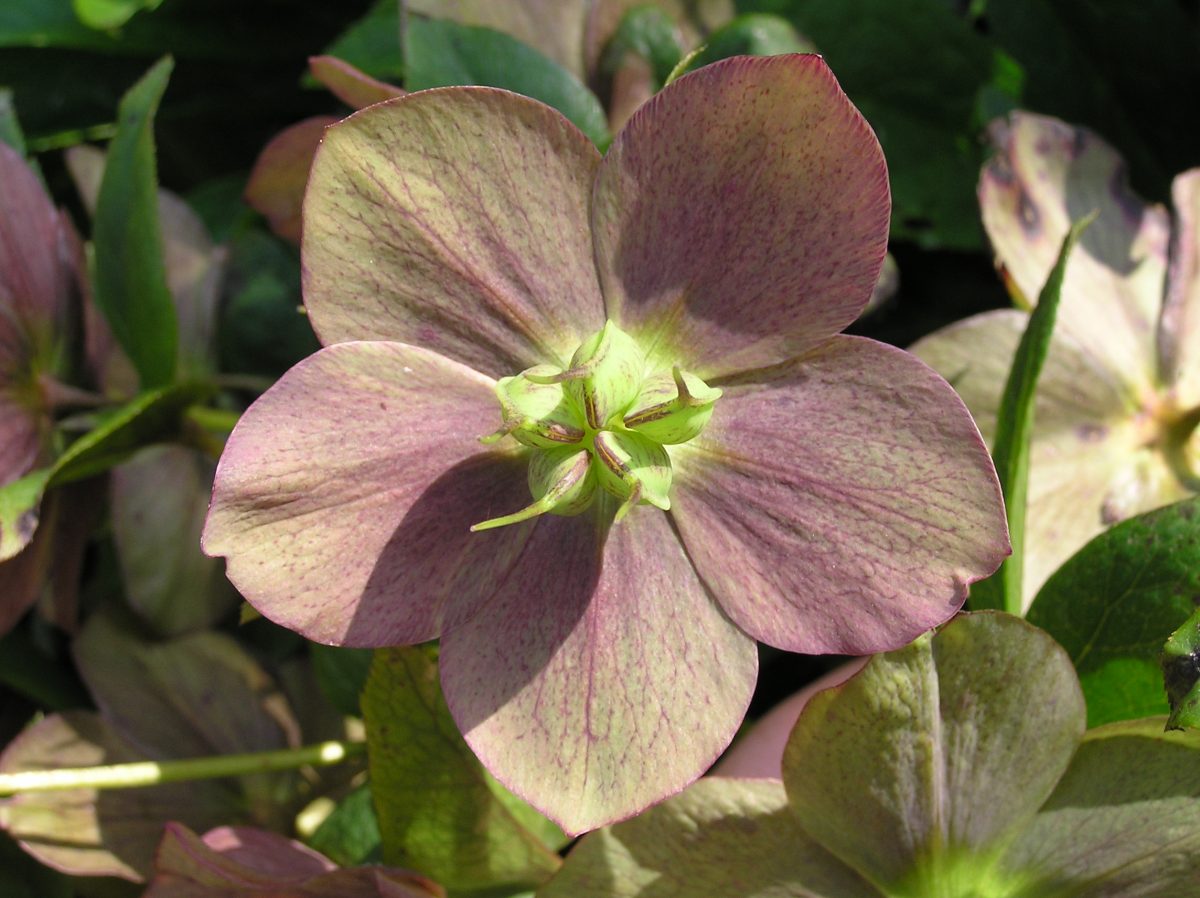 Most of us are blessed to hear the unique sounds of our daily living; but being used to it makes it easier to miss it.
Most of us are blessed to hear the unique sounds of our daily living; but being used to it makes it easier to miss it.
We can make a practice of listening to sounds which happen to be around at the time. Stopping to do this on a regular basis can help make us feel connected to our surroundings, more at ease and embodied in the world.
Anytime can be a good time. Why not try it now?
Drop your shoulders and allow the breath to soften.
Relax the eyes, then close them.
Feel happy to pause from action, resting for a few minutes just to listen.
Let your other senses begin to take a back seat, as you tune-in to any sounds or apparent silence…
Let your ears be open to listening without trying, soaking up sounds in general, but nothing in particular.
Imagine your ears and eyes are smiling, with any tension in your neck or face just melting.
Become immersed in all these sounds together. Notice layers of volume, frequency, rhythm and texture.
But can you listen in a neutral way? Is it possible to simply not be bothered by any sounds which feel intrusive?
If you hear people talking close by, make a game of not homing in to conversation content. Listen as if it were an unfamiliar language; notice rather the manner of their talking, the level of friendliness in their interaction.
Then, focus on just one sound in particular. And give this your full attention, remain this way for some moments, just listening…
If there are other sounds, then pick out a different one… as if hearing it for the first time.
Continue this for as long as you like, hopping from sound… to… sound.
When you feel it’s nearing time to close the practice… breathe deeply.
Feeling firmly planted in the landscape.
Hear once again the general mix which is your soundscape, and let all your senses come into play. Open the eyes and smell your surroundings.
Smile if you like, and when ready begin to move… at ease in your environment.
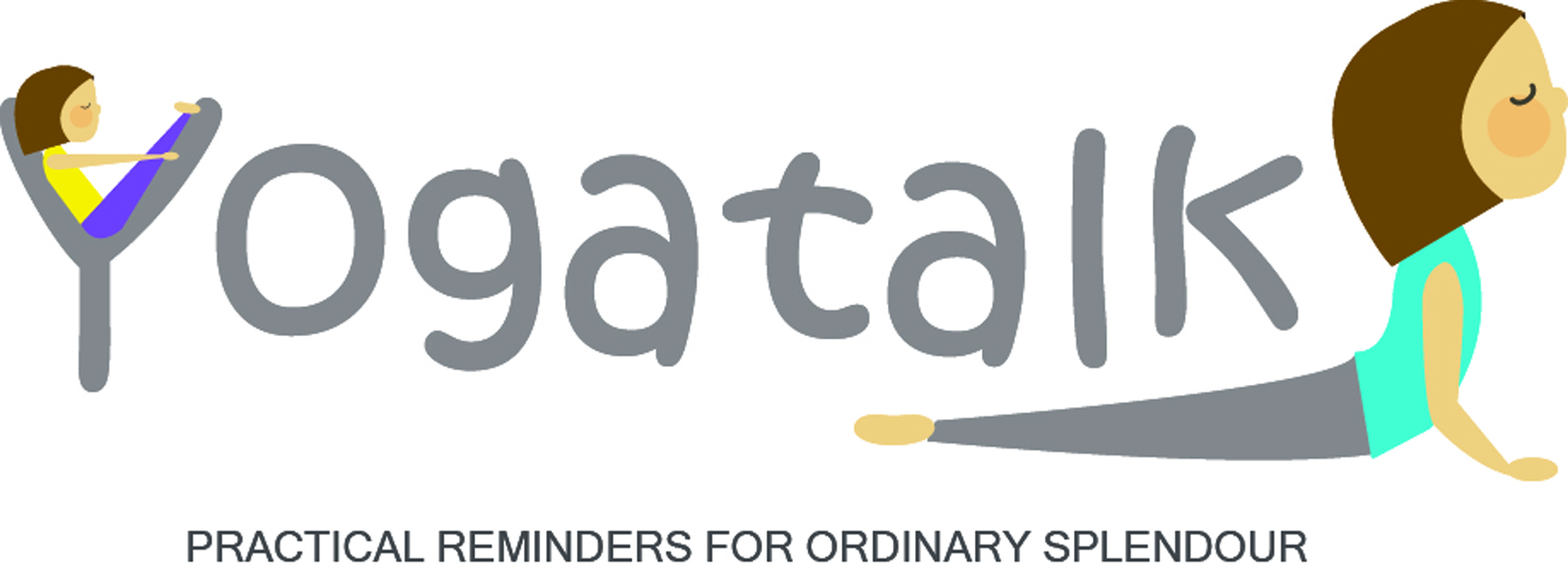
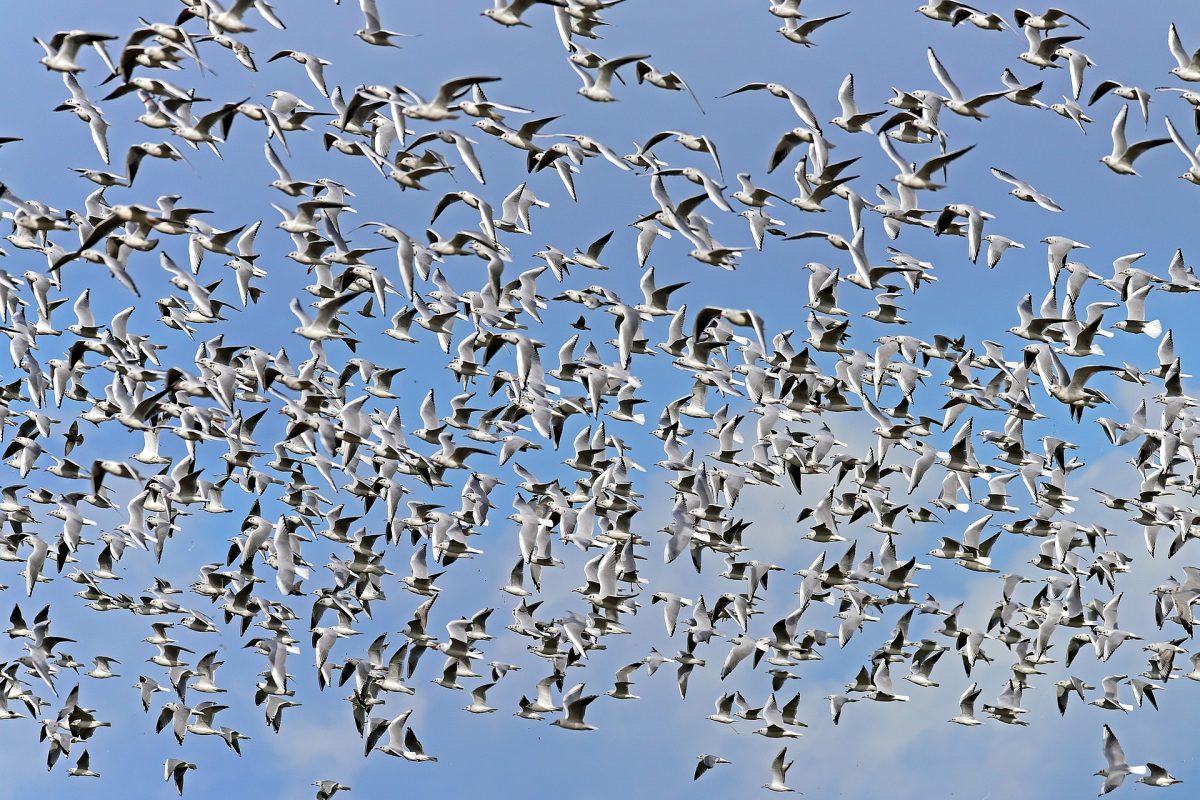

 Too many humans, all needing food, in a volatile, ever-changing world, which they don’t look after…?
Too many humans, all needing food, in a volatile, ever-changing world, which they don’t look after…?



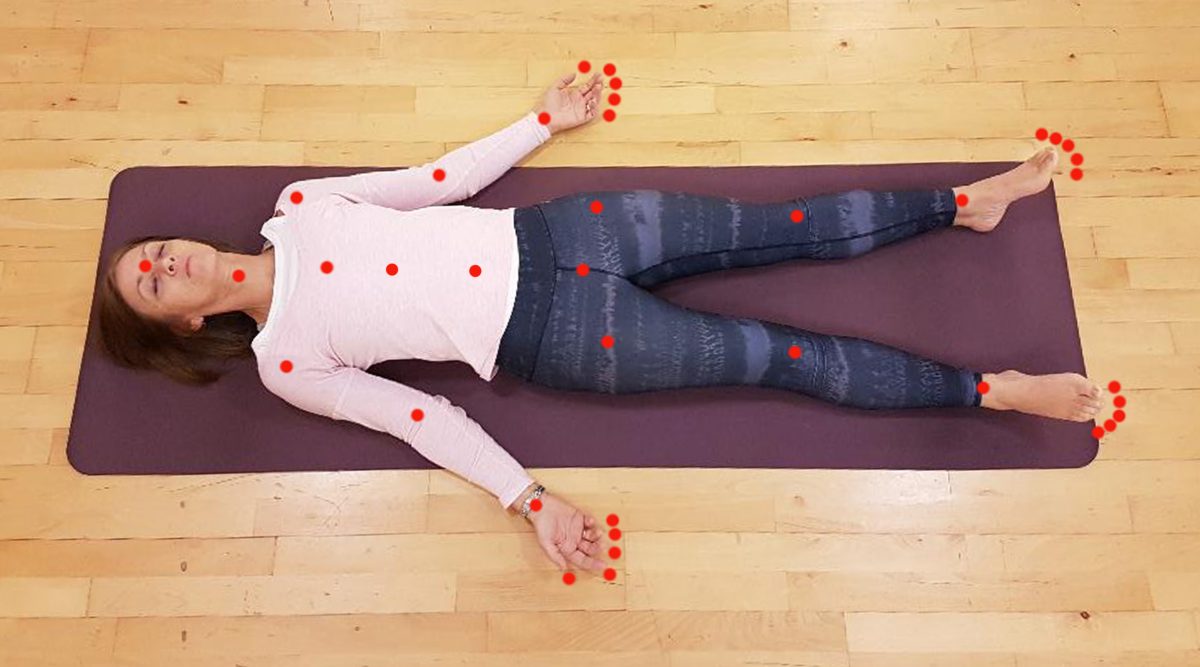
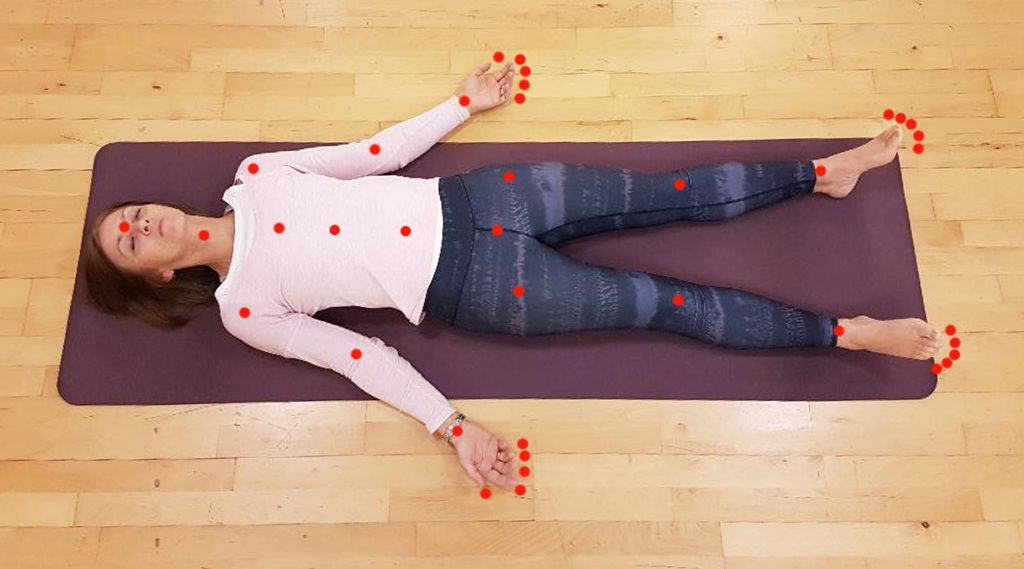
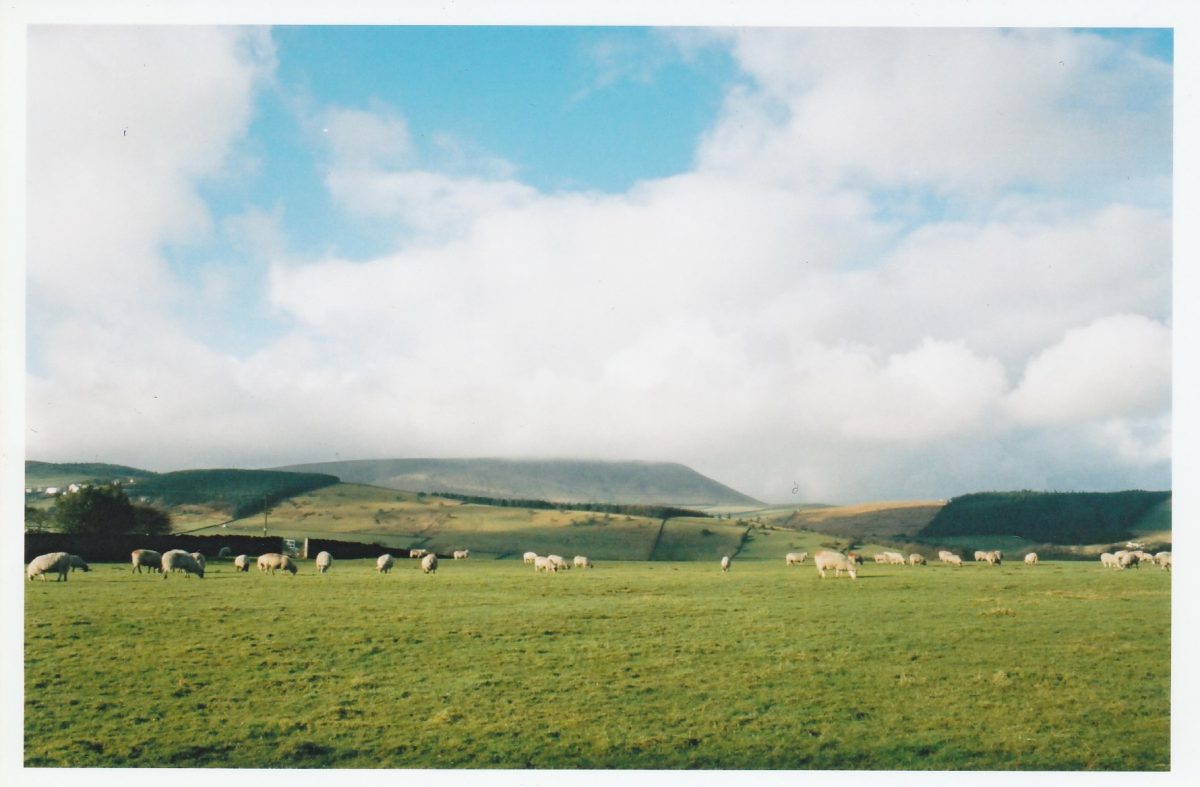
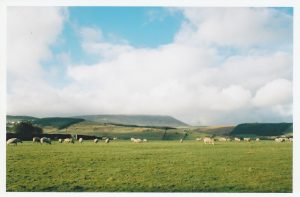 For an introduction to the STOP PRACTICES see Kit’s blog-
For an introduction to the STOP PRACTICES see Kit’s blog-
 For an introduction to STOP PRACTICES see Kit’s blog
For an introduction to STOP PRACTICES see Kit’s blog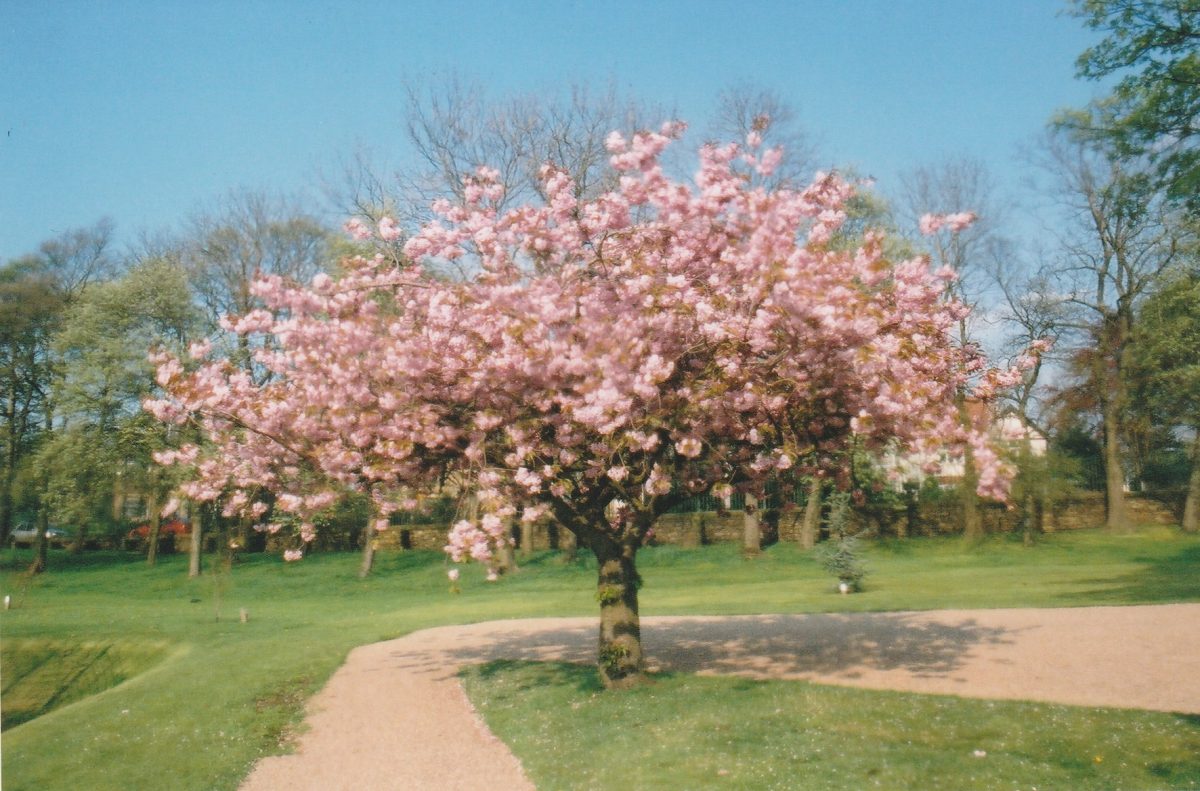
 For an introduction to the STOP PRACTICES read Kit’s blog-
For an introduction to the STOP PRACTICES read Kit’s blog-
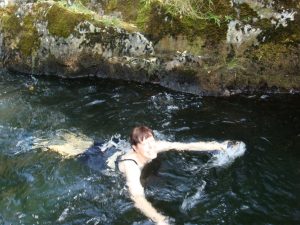



 This is also a podcast. (To listen, click on the arrow above). Read it through a few times imagining you are at rest – it will help the suggestions soak in.
This is also a podcast. (To listen, click on the arrow above). Read it through a few times imagining you are at rest – it will help the suggestions soak in.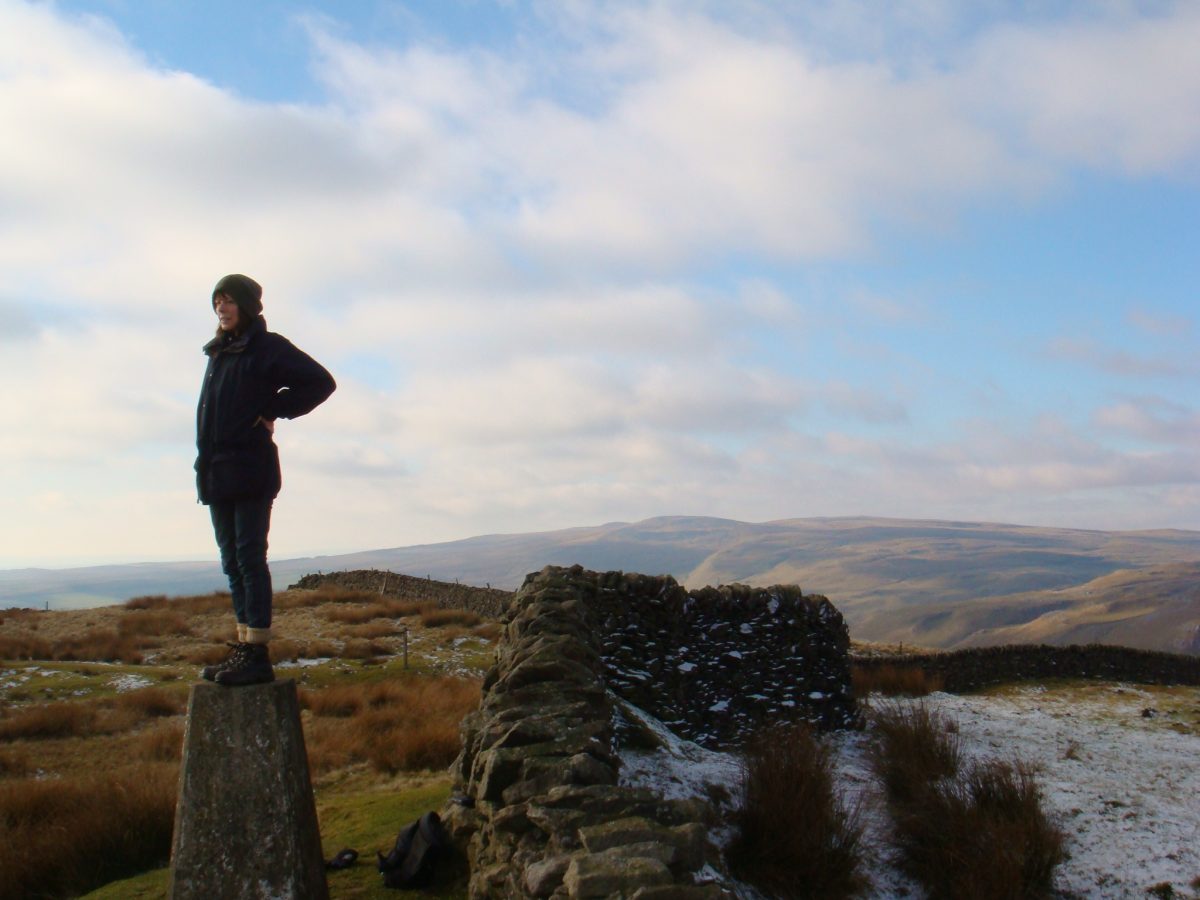
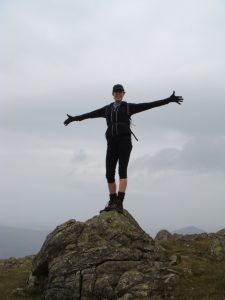 We can occasionally find opportunity to do nothing but stand empty-handed.
We can occasionally find opportunity to do nothing but stand empty-handed.